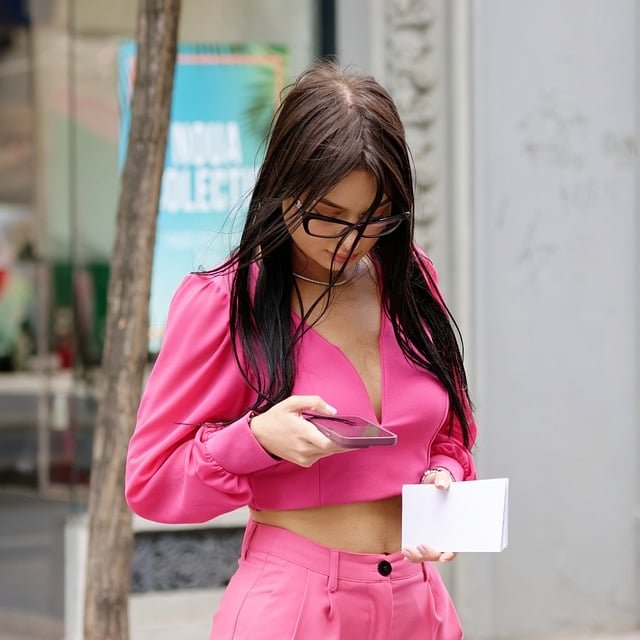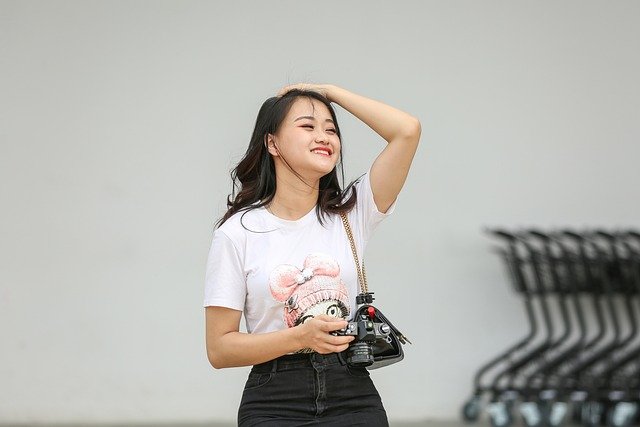**Title: "Sustainable Chic: The Rise of Eco-Friendly Fashion"** In this post,

Sustainable Chic: The Rise of Eco-Friendly Fashion
In recent years, the fashion industry has witnessed a transformative shift towards sustainability. As consumers become more environmentally conscious, the demand for eco-friendly fashion has surged, leading designers and brands to rethink their practices. Here’s a closer look at this exciting movement and what it means for the future of fashion.
The Need for Change
The fashion industry is one of the largest polluters in the world, contributing to significant waste and environmental degradation. With the rise of fast fashion, the cycle of overproduction and overconsumption has reached alarming levels. However, consumers are now more informed and are seeking alternatives that align with their values.
What is Sustainable Fashion?
Sustainable fashion encompasses a range of practices aimed at minimizing the environmental impact of clothing production. This includes:
- Ethical Sourcing: Using materials that are renewable, biodegradable, or recycled.
- Fair Labor Practices: Ensuring that workers are treated fairly and paid a living wage.
- Eco-Friendly Production: Reducing water usage, energy consumption, and harmful chemicals in the manufacturing process.
The Rise of Eco-Friendly Brands
Many brands are stepping up to meet the growing demand for sustainable options. From established luxury labels to innovative startups, the eco-friendly fashion landscape is thriving. Notable examples include:
- Reformation: Known for its stylish and sustainable clothing, Reformation uses eco-friendly materials and transparent production processes.
- Patagonia: A pioneer in sustainable outdoor wear, Patagonia emphasizes repair and reuse, encouraging customers to buy less.
- Eileen Fisher: This brand focuses on timeless designs and sustainable practices, including a robust take-back program for recycling old garments.
Trends in Sustainable Fashion
- Upcycled Fashion: Designers are creatively repurposing old garments and materials to create unique, one-of-a-kind pieces.
- Minimalism: A shift towards timeless, versatile designs that encourage consumers to invest in quality over quantity.
- Biodegradable Fabrics: Innovations in fabric technology are leading to the development of materials that break down naturally, reducing landfill waste.
How to Embrace Sustainable Chic
- Shop Wisely: Choose brands that prioritize sustainability and ethical practices. Look for certifications like Fair Trade or GOTS (Global Organic Textile Standard).
- Invest in Quality: Opt for high-quality pieces that will last longer and withstand trends.
- Care for Your Clothes: Extend the life of your wardrobe by washing clothes less frequently, repairing damages, and storing them properly.
Conclusion
Sustainable chic is not just a trend; it’s a movement towards a more responsible and conscious approach to fashion. As designers and consumers alike embrace eco-friendly practices, we can create a future where style and sustainability go hand in hand. Join the revolution and make your wardrobe a reflection of your values!
Feel free to share your thoughts on sustainable fashion and any eco-friendly brands you love in the comments below! 🌿✨

Upvoted! Thank you for supporting witness @jswit.